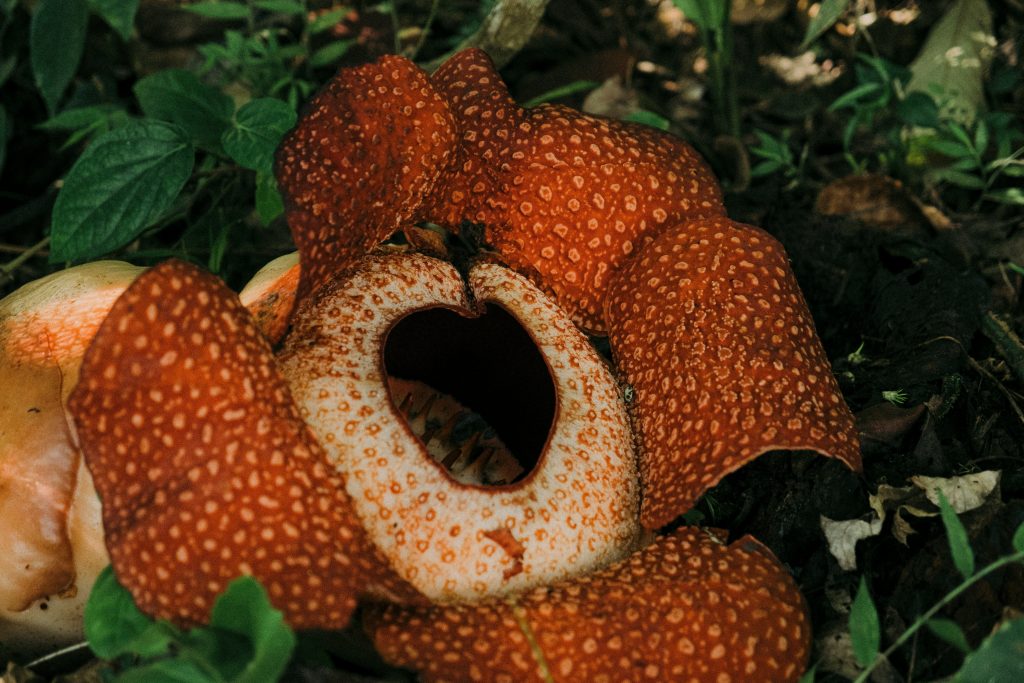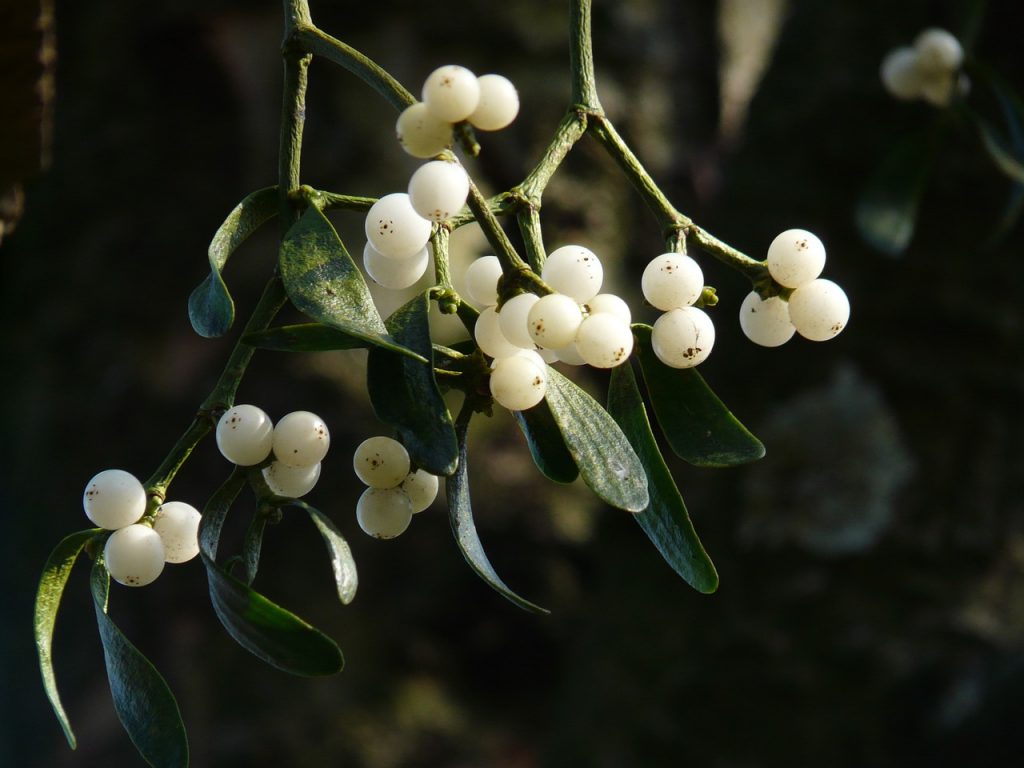In the intricate tapestry of the botanical world, parasitic plants occupy a unique niche, captivating researchers and nature enthusiasts alike with their fascinating adaptations and complex ecological interactions. From their clandestine methods of acquiring nutrients to their diverse array of hosts, parasitic plants offer a window into the intricate web of relationships that governs life on Earth. Join us as we delve into the captivating realm of parasitic plants, uncovering their strategies, ecological significance, and notable examples.
Understanding Parasitic Plants: Strategies and Adaptations
Parasitic plants, unlike their autotrophic counterparts, lack the ability to produce their own food through photosynthesis. Instead, they rely on a host plant for nutrients, water, and sometimes even physical support. To achieve this, parasitic plants have evolved a myriad of specialized adaptations, allowing them to effectively exploit their hosts while minimizing detection and resistance.
One of the most common adaptations among parasitic plants is the development of specialized structures called haustoria. These haustoria penetrate the host plant’s tissues, establishing connections that allow for the transfer of nutrients and water from the host to the parasite. Additionally, many parasitic plants have reduced or modified leaves, stems, and roots, reflecting their reduced reliance on photosynthesis and nutrient uptake.
Ecological Interactions and Host Specificity
Parasitic plants engage in complex ecological interactions with their hosts, shaping the dynamics of plant communities and ecosystems. While some parasitic plants are generalists, capable of parasitizing a wide range of host species, others exhibit remarkable host specificity, targeting only a select few plant species.
One notable example of a parasitic plant with high host specificity is the dodder (Cuscuta spp.), a genus of leafless, twining vines that parasitize a variety of crop plants and wildflowers. Dodder plants use specialized structures known as haustoria to penetrate the vascular tissues of their hosts, siphoning off nutrients and water.
Notable Examples of Parasitic Plants
- Rafflesia arnoldii: Known as the world’s largest flower, Rafflesia arnoldii is a parasitic plant native to the rainforests of Southeast Asia. Lacking leaves, stems, and roots, this remarkable plant derives all its nutrients from its host, typically species of the Tetrastigma vine.

- Indian Paintbrush (Castilleja spp.): Found throughout North and South America, Indian paintbrushes are parasitic plants that derive nutrients from the roots of nearby grasses and shrubs. They are known for their vibrant, tubular flowers, which range in color from red to orange and yellow.
- Mistletoe (Viscum album): A familiar sight during the holiday season, mistletoe is a parasitic plant that grows on a variety of trees, including oak, apple, and pine. Mistletoe plants produce small, white berries that are dispersed by birds, aiding in the establishment of new parasitic colonies.

Conservation and Management
While some parasitic plants are considered pests due to their impact on agricultural crops and forestry, others play important ecological roles as keystone species within their native habitats. Conservation efforts aimed at preserving both parasitic plants and their host species are crucial for maintaining biodiversity and ecosystem stability.
In conclusion, parasitic plants represent a captivating and often overlooked facet of the botanical world. Through their intricate adaptations and ecological interactions, these remarkable organisms offer valuable insights into the complexity of natural systems and the interconnectedness of life on Earth. As we continue to explore and study parasitic plants, may we gain a deeper appreciation for the rich diversity of forms and functions that define the plant kingdom.
Please let me know if you’re looking for a writer for your site. You have some really good articles and I believe I would be a good asset. If you ever want to take some of the load off, I’d love to write some content for your blog in exchange for a link back to mine. Please send me an e-mail if interested. Thanks!
I could always do with some help. May I ask what particular knowledge you have? Im sure we could arrange a link to your site and even if not I am happy to provide a link exchange if it would benefit others with no other input that helping you out.
I do agree with all of the ideas you have presented in your post. They are very convincing and will certainly work. Still, the posts are too short for newbies. Could you please extend them a little from next time? Thanks for the post.
Valuable information. Lucky me I found your site by accident, and I am shocked why this accident did not happened earlier! I bookmarked it.
Some genuinely good information, Glad I detected this. “Nice guys finish last, but we get to sleep in.” by Evan Davis.
Rattling excellent visual appeal on this web site, I’d value it 10 10.
Thank you for another magnificent post. Where else could anybody get that kind of info in such an ideal way of writing? I’ve a presentation next week, and I’m on the look for such info.
This is the right blog for anyone who wants to find out about this topic. You realize so much its almost hard to argue with you (not that I actually would want…HaHa). You definitely put a new spin on a topic thats been written about for years. Great stuff, just great!